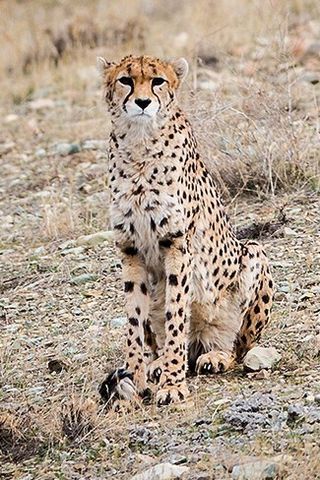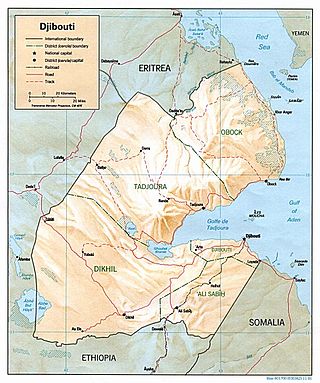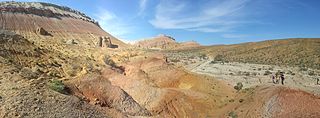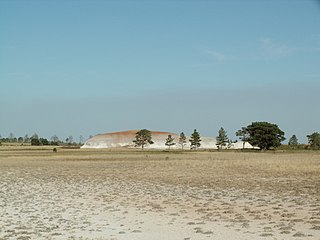Ecology
Situated in Central Asia, the Altyn Dala Conservation Initiative's focal areas are dominated by extensive grasslands interspersed with pockets of shrubs and low woodlands, transitioning into semi-desert and desert ecosystems in the southern part of Kazakhstan. This habitat provides a haven for a wide range of wildlife, including numerous species of mammals, birds, reptiles, and insects.
The climate is continental with hot summers of up to +40°C and more, while winters are extremely cold reaching –40°C. There is only little precipitation decreasing from north to south. Trees and shrubs can only exist along rivers, in depressions or on sandy soil, where more water is available. Grasses, herbs and dwarf shrubs still produce a lot of biomass, which cannot be decomposed over the winter due to the low temperatures. Therefore, herbivoric animals play a key role in the nutrient cycle by feeding on plant material and returning the nutrients back into the soil.
A focal theme of the initiative is therefore the protection and conservation of iconic steppe fauna. The Saiga antelope (Saiga tatarica) is a flagship species for the region and the largest remaining herbivore. With its distinctive large nose and extensive migrations, the saiga antelope is emblematic of the steppe's vastness and harsh climate.
Like the Saiga, ‘kulans’ (Equus hemionus) or Asiatic wild asses are an iconic steppe species, living in nomadic herds. They are perfectly adapted to life in this harsh environment, growing a thicker coat of hair in the winter to keep them warm and moving over long distances between suitable habitats. They became extinct in Kazakhstan in the first half of the 20th century.
Przewalski's horse (Equus przewalskii), is a rare and endangered wild horse originally native to the steppes of Central Asia. Previously extinct in the wild, it has been reintroduced to its native habitat in Mongolia as well as several other locations in Central Asia and Eastern Europe. In April 2023, a memorandum of cooperation was signed between the Forestry and Wildlife Committee of the Kazakh Ministry of Ecology and Natural Resources and Prague Zoo, to begin plans to reintroduce Przewalski's horse to the Kazakh Steppe within the framework of the Altyn Dala Conservation Initiative. In June 2024 the first wild horses to roam the Kazakh steppe in centuries were released following transportation from Prague Zoo.
Steppe predators include species like the Pallas's cat (Otocolobus manul), with its distinctive expressive face and excellent camouflage, the steppe wolf (Canis lupus campestris) which preys upon saiga antelope and small mammals, and the Corsac fox (Vulpes corsac). Historically, the Critically Endangered Asiatic cheetah (Acinonyx jubatus venaticus) inhabited the southern desert regions in Kazakhstan. Uncontrolled hunting of cheetahs and their prey, as well as severe winters contributed to the population's decline. Today, the Asiatic cheetah is classified as extinct in Kazakhstan. Additional numbers will be brought to supplement the initial released herd.
The steppe grasslands also provide essential habitat for a variety of bird species, many of which are migratory and depend on the region as a crucial stopover during their long migrations. These grasslands support breeding populations of the globally threatened Sociable Lapwing (Vanellus gregarius), Steppe Eagle (Aquila nipalensis), as well as the Endangered White-headed Duck (Oxyura leucocephala) and Demoiselle Crane (Grus virgo).
The flora of the Kazakh Steppe is equally important and diverse. The grasslands are home to a rich assemblage of herbaceous plants, including feather grasses (Stipa spp.), fescues (Festuca spp.) and sagebrush (Artemisia spp.). These plants not only provide food and shelter to wild grazers and burrowing mammals, but also contribute to the overall health and resilience of the ecosystem, mitigating drought and sequestrating and storing significant quantities of soil carbon.
In Spring, the steppe blooms into a veritable carpet of colour, featuring rare and endemic species of wild Tulip, such as the Kaufmanniana tulip and Greig's tulip, as well as irises, Alliums and poppies.
Wetland ecosystems are also an integral component of the region's ecology. These areas, which include marshes, lakes, rivers, and tributaries, provide vital water resources, and serve as critical breeding grounds for many aquatic species. The wetlands support a variety of plant life, such as reeds (Phragmites spp.), sedges (Carex spp.) and water lilies (Nymphaea spp.), forming habitats for amphibians, waterfowl, and other aquatic organisms.
By studying the interactions between species, the effects of climate change, and the impact of human activities, the Altyn Dala Conservation Initiative develops evidence-based conservation strategies and adaptive management practices to restore fully functional and resilient ecosystems.















